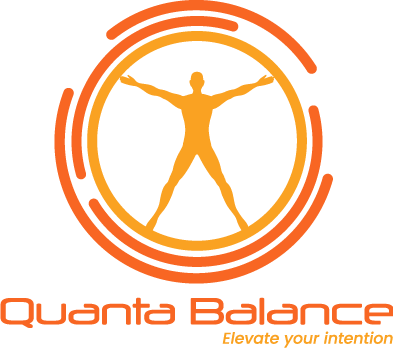Biofeedback can be an ally in improving your eye health. Biofeedback identifies stress disturbances in your system and addresses them at an energetic level. The awareness you get through biofeedback enables you to set an intention to reduce the strain on your eyes and achieve improvements in your overall vision.
As we age, it is common for our eyesight to decrease
According to the American Family Physician (AFP), vision loss is a major health concern for adults, affecting approximately one in three people by the age of 65. The Cleveland Clinic has also researched this topic extensively. According to a study, poor vision can lead to decreased ability to perform daily tasks and increased risk of depression.
From my personal experience, since I was a child, I relied on glasses and contact lenses. I had myopia and astigmatism until my late 30s. Then, I had Lasik surgery and for years I was free of glasses. My vision started to deteriorate again in my 50s. Fortunately, that changed after discovering biofeedback! I have been able to reduce the time I use glasses by 80%
The most common reasons for eyesight problems
Some of the most common reasons why your eyesight may worsen over time include oxidative stress, genetic factors, degeneration, ultraviolet radiation, diabetes, and exposure to bright light. However, there are two factors people usually find surprising: liver function and emotions.
The role of liver health and emotions in our vision
Chinese medicine identifies, the liver as the “great general” responsible for filtering, replenishing, and storing blood. The liver stores sugar and receives amino acids extracted from food. It also synthesizes protein for growth and repair of body tissues. The liver has a primary role in the quality of our digestion. It will determine the degree of inflammation we will experience. John Hopkins University and other institutions have studied the relationship between inflammation and macular degeneration. For more information on this subject, I suggest Dr. Michael A. Samuel’s book, Macular Degeneration: A Complete Guide for Patients and Their Families also links the disease to chronic inflammation. It’s important to understand that emotions can play a role in our vision, especially when there are emotional blocks to seeing the truth of a situation.
An example from our biofeedback practice
Biofeedback can help identify possible sources of decreased vision. The initial biofeedback scan for one of our clients showed disturbances related to posture, eye anatomy, circulation, inflammation, and emotional blockages. During our discussion, he mentioned spending a lot of time sitting at his desk. Poor posture was putting pressure on his neck. He adjusted the position of his monitor and noted that his neck was more relaxed. Over time, we generated frequencies to address energetic disturbances in his retina, eye muscles, optic nerves, and emotional blockages. Using our biofeedback methodology, we customized eye exercises, rife frequencies, and affirmations to help integrate the changes at a deeper level.
Final words
While biofeedback does not diagnose, treat, cure, or prevent any disease, in this case we were able to observe a reduction of stress disturbances over time. It’s important to monitor the health of your eyes not just for the sake of your vision, but for your overall physical and emotional health. You can improve your eyesight with biofeedback and find that your dependency on those reading glasses will fade and your overall self-confidence will improve. As you progress through our sessions, we encourage you to grab an eye chart and monitor your progress and track the time you are using your glasses.
